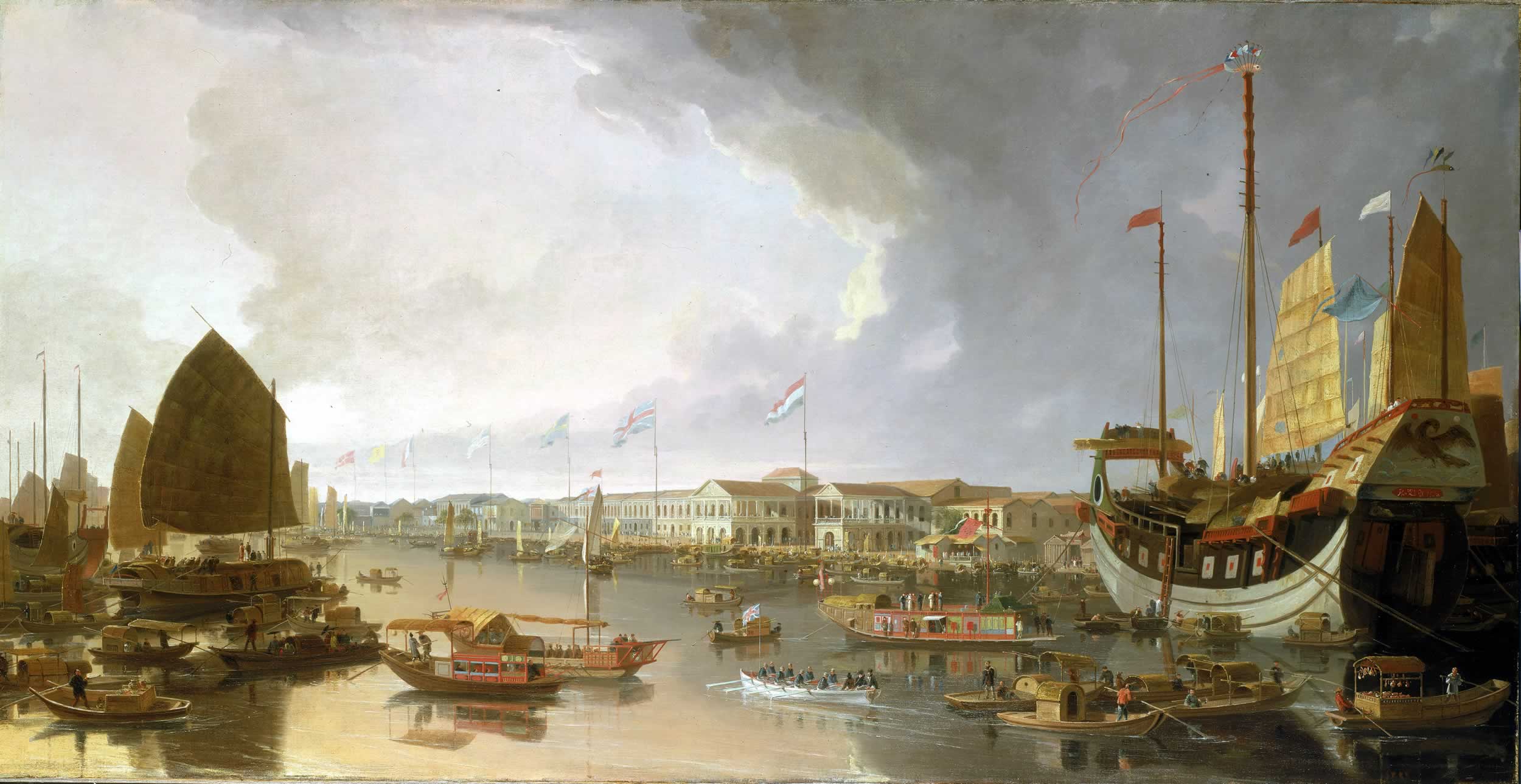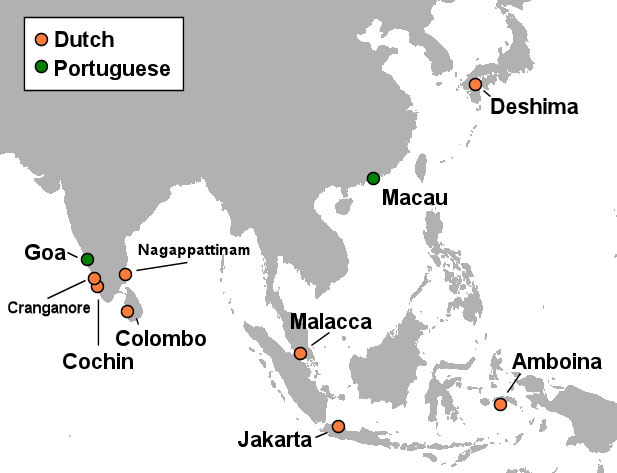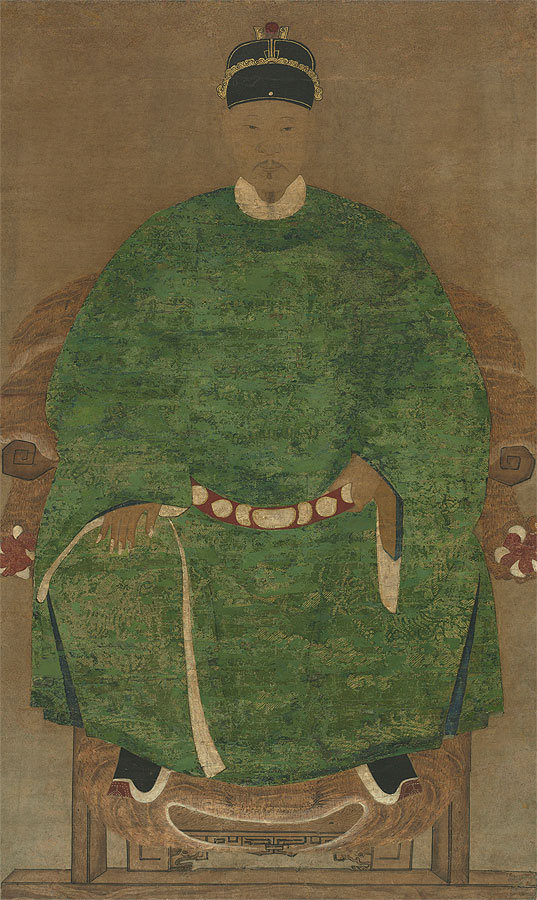|
Siming, Xiamen
Siming District is an urban district of the city of Xiamen, Fujian province, China. It includes the territory of the old town of Xiamen and the government offices of the modern sub-provincial city. Geography Siming occupies the southern half of Xiamen Island. It also includes Gulangyu Island to its southwest. The sheltered Yundang Bay responsible for old Xiamen's prized harbor was converted into a lake in the 20th century by the addition of landfill from construction. History The modern Siming District includes the territory of the old town of Xiamen, which had its harbor in the sheltered Yundang Bay. The town took the name "Siming" for a brief period in the early Qing when it was occupied by the Southern Ming loyalist Koxinga, who used it from 1650 as a base to launch attacks on the Manchu drive southwards. He abandoned the island in favor of Taiwan when he defeated the Dutch there. The Qing held the city from the early 1660s, restoring its former name. Gulangyu Island, no ... [...More Info...] [...Related Items...] OR: [Wikipedia] [Google] [Baidu] |
District (China)
The term ''district'', in the context of China, is used to refer to several unrelated political divisions in both ancient and modern China. In the modern context, district ( zh, s=区, labels=no), formally city-governed district, city-controlled district, or municipal district ( zh, s=市辖区, links=no, labels=no), are subdivisions of a Direct-administered municipality, municipality or a prefecture-level city. The rank of a district derives from the rank of its city. Districts of a municipality are prefectures of China, prefecture-level; districts of a sub-provincial division, sub-provincial city are sub-prefecture-level; and districts of a prefecture-level city are counties of China, county-level. The term was also formerly used to refer to obsolete District (China)#County-controlled districts (obsolete), county-controlled districts (also known as district public office). However, if the word ''district'' is encountered in the context of ancient history of China, Chinese ... [...More Info...] [...Related Items...] OR: [Wikipedia] [Google] [Baidu] |
Xinhai Revolution
The 1911 Revolution, also known as the Xinhai Revolution or Hsinhai Revolution, ended China's last imperial dynasty, the Qing dynasty, and led to the establishment of the Republic of China (ROC). The revolution was the culmination of a decade of agitation, revolts, and uprisings. Its success marked the collapse of the Chinese monarchy, the end of over two millennia of imperial rule in China and the 200-year reign of the Qing, and the beginning of China's early republican era. The Qing had struggled for a long time to reform the government and resist foreign aggression, but the program of reforms after 1900 was opposed by conservatives in the Qing court as too radical and by reformers as too slow. Several factions, including underground anti-Qing groups, revolutionaries in exile, reformers who wanted to save the monarchy by modernizing it, and activists across the country debated how or whether to overthrow the Qing dynasty. The flash-point came on 10 October 1911, with th ... [...More Info...] [...Related Items...] OR: [Wikipedia] [Google] [Baidu] |
First Opium War
The First Opium War ( zh, t=第一次鴉片戰爭, p=Dìyīcì yāpiàn zhànzhēng), also known as the Anglo-Chinese War, was a series of military engagements fought between the British Empire and the Chinese Qing dynasty between 1839 and 1842. The immediate issue was the Chinese enforcement of their ban on the opium trade by seizing private opium stocks from mainly British merchants at Guangzhou (then named ''Canton'') and threatening to impose the death penalty for future offenders. Despite the opium ban, the British government supported the merchants' demand for compensation for seized goods, and insisted on the principles of free trade and equal diplomatic recognition with China. Opium was Britain's single most profitable commodity trade of the 19th century. After months of tensions between the two states, the Royal Navy launched an expedition in June 1840, which ultimately defeated the Chinese using technologically superior ships and weapons by August 1842. The British ... [...More Info...] [...Related Items...] OR: [Wikipedia] [Google] [Baidu] |
Treaty Of Nanjing
The Treaty of Nanking was the peace treaty which ended the First Opium War (1839–1842) between Great Britain and the Qing dynasty of China on 29 August 1842. It was the first of what the Chinese later termed the "unequal treaties". In the wake of China's military defeat, with British warships poised to attack Nanjing (then romanized as Nanking), British and Chinese officials negotiated on board HMS ''Cornwallis'' anchored in the Yangtze at the city. On 29 August, British representative Sir Henry Pottinger and Qing representatives Keying, Yilibu, and signed the treaty, which consisted of thirteen articles. The treaty was ratified by the Daoguang Emperor on 27 October and Queen Victoria on 28 December. The exchange of ratification took place in Hong Kong on 26 June 1843. The treaty required the Chinese to pay an indemnity, to cede the Island of Hong Kong to the British as a colony, to essentially end the Canton system that had limited trade to that port and allow trade ... [...More Info...] [...Related Items...] OR: [Wikipedia] [Google] [Baidu] |
Treaty Port
Treaty ports (; ) were the port cities in China and Japan that were opened to foreign trade mainly by the unequal treaties forced upon them by Western powers, as well as cities in Korea opened up similarly by the Qing dynasty of China (before the First Sino-Japanese War) and the Empire of Japan. Chinese treaty ports The British established their first treaty ports in China after the First Opium War by the Treaty of Nanking in 1842. As well as ceding the island of Hong Kong to Great Britain in perpetuity, the treaty also established five treaty ports at Shanghai, Guangzhou (Canton), Ningbo, Fuzhou, and Xiamen (Amoy). The following year the Chinese and British signed the Treaty of the Bogue, which added provisions for extraterritoriality and the most favored nation status for the latter country. Subsequent negotiations with the Americans (1844 Treaty of Wanghia) and the French (1844 Treaty of Whampoa) led to further concessions for these nations on the same terms as the Britis ... [...More Info...] [...Related Items...] OR: [Wikipedia] [Google] [Baidu] |
Dutch Empire
The Dutch colonial empire () comprised overseas territories and trading posts under some form of Dutch control from the early 17th to late 20th centuries, including those initially administered by Dutch chartered companies—primarily the Dutch East India Company (1602–1799) and Dutch West India Company (1621–1792)—and subsequently governed by the Dutch Republic (1581–1795) and modern Kingdom of the Netherlands (1815–1975). Following the ''de facto'' independence of the Dutch Republic from the Spanish Empire in the late 16th century, various trading companies known as '' voorcompagnie'' led maritime expeditions overseas in search of commercial opportunities. By 1600, Dutch traders and mariners had penetrated the lucrative Asian spice trade but lacked the capital or manpower to secure or expand their ventures; this prompted the States General in 1602 to consolidate several trading enterprises into the semi-state-owned Dutch East India Company (, VOC), which was g ... [...More Info...] [...Related Items...] OR: [Wikipedia] [Google] [Baidu] |
Kingdom Of Taiwan
The Kingdom of Tungning, also known as Tywan, was a dynastic maritime state that ruled part of southwestern Taiwan and the Penghu islands between 1661 and 1683. It is the first predominantly ethnic Han state in Taiwanese history. At its zenith, the kingdom's maritime power dominated varying extents of coastal regions in southeastern China and controlled the major sea lanes across both China Seas, and its vast trade network stretched from Japan to Southeast Asia. The kingdom was founded by Koxinga (Zheng Chenggong) after seizing control of Taiwan from Dutch rule. Zheng hoped to restore the Ming dynasty in Mainland China, when the Ming remnants' rump state in southern China was progressively conquered by the Manchu-led Qing dynasty. The Zheng dynasty used the island of Taiwan as a military base for their Ming loyalist movement which aimed to reclaim China proper from the Qing dynasty. Under Zheng rule, Taiwan underwent a process of Sinicization in an effort to consolidate ... [...More Info...] [...Related Items...] OR: [Wikipedia] [Google] [Baidu] |
Manchus
The Manchus (; ) are a Tungusic East Asian ethnic group native to Manchuria in Northeast Asia. They are an officially recognized ethnic minority in China and the people from whom Manchuria derives its name. The Later Jin (1616–1636) and Qing (1636–1912) dynasties of China were established and ruled by the Manchus, who are descended from the Jurchen people who earlier established the Jin dynasty (1115–1234) in northern China. Manchus form the largest branch of the Tungusic peoples and are distributed throughout China, forming the fourth largest ethnic group in the country. They are found in 31 Chinese provincial regions. Among them, Liaoning has the largest population and Hebei, Heilongjiang, Jilin, Inner Mongolia and Beijing have over 100,000 Manchu residents. About half of the population live in Liaoning and one-fifth in Hebei. There are a number of Manchu autonomous counties in China, such as Xinbin, Xiuyan, Qinglong, Fengning, Yitong, Qingyuan, Weichang ... [...More Info...] [...Related Items...] OR: [Wikipedia] [Google] [Baidu] |
Koxinga
Zheng Chenggong (; 27 August 1624 – 23 June 1662), born Zheng Sen () and better known internationally by his honorific title Koxinga (, from Taiwanese: ''kok sèⁿ iâ''), was a Southern Ming general who resisted the Qing conquest of China in the 17th century, fighting the Qing dynasty on China's southeastern coast. Born in Kyushu, Japan to a Chinese father and a Japanese mother, Zheng rose through the Ming court via the imperial examinations and was serving as a '' Guozijian'' scholar in Nanjing when Beijing fell to rebels in 1644. He swore allegiance to Longwu Emperor, who favored and granted him the royal surname Zhu in 1645, a name he proudly used instead of his native Zheng surname for the rest of his life, hence popularizing his aforementioned honorific name. He was made the Prince of Yanping () by Yongli Emperor in 1655 for his stern loyalty and numerous anti-Qing campaigns. He was best known for defeating the Dutch East India Company's colonial state on Ta ... [...More Info...] [...Related Items...] OR: [Wikipedia] [Google] [Baidu] |
Southern Ming
The Southern Ming (), also known in historiography as the Later Ming (), officially the Great Ming (), was an Dynasties of China, imperial dynasty of China and a series of rump states of the Ming dynasty that came into existence following the Jiashen Incident of 1644. Late Ming peasant rebellions, Peasant rebels led by Li Zicheng who founded the short-lived Shun dynasty captured Beijing and the Chongzhen Emperor committed suicide. The Ming general Wu Sangui then opened the gates of the Shanhai Pass in the eastern section of the Great Wall of China, Great Wall to the Qing dynasty, Qing Eight Banners, banners, in hope of using them to annihilate the Shun forces. Ming loyalists fled to Nanjing, where they enthroned Zhu Yousong as the Hongguang Emperor, marking the start of the Southern Ming. The Nanjing regime lasted until 1645, when Qing forces captured Nanjing. Zhu fled before the city fell, but was captured and executed shortly thereafter. Later figures continued to hold court i ... [...More Info...] [...Related Items...] OR: [Wikipedia] [Google] [Baidu] |
Qing Dynasty
The Qing dynasty ( ), officially the Great Qing, was a Manchu-led Dynasties of China, imperial dynasty of China and an early modern empire in East Asia. The last imperial dynasty in Chinese history, the Qing dynasty was preceded by the Ming dynasty and succeeded by the Republic of China (1912–1949), Republic of China. At its height of power, the empire stretched from the Sea of Japan in the east to the Pamir Mountains in the west, and from the Mongolian Plateau in the north to the South China Sea in the south. Originally emerging from the Later Jin (1616–1636), Later Jin dynasty founded in 1616 and proclaimed in Shenyang in 1636, the dynasty seized control of the Ming capital Beijing and North China in 1644, traditionally considered the start of the dynasty's rule. The dynasty lasted until the Xinhai Revolution of October 1911 led to the abdication of the last emperor in February 1912. The multi-ethnic Qing dynasty Legacy of the Qing dynasty, assembled the territoria ... [...More Info...] [...Related Items...] OR: [Wikipedia] [Google] [Baidu] |





